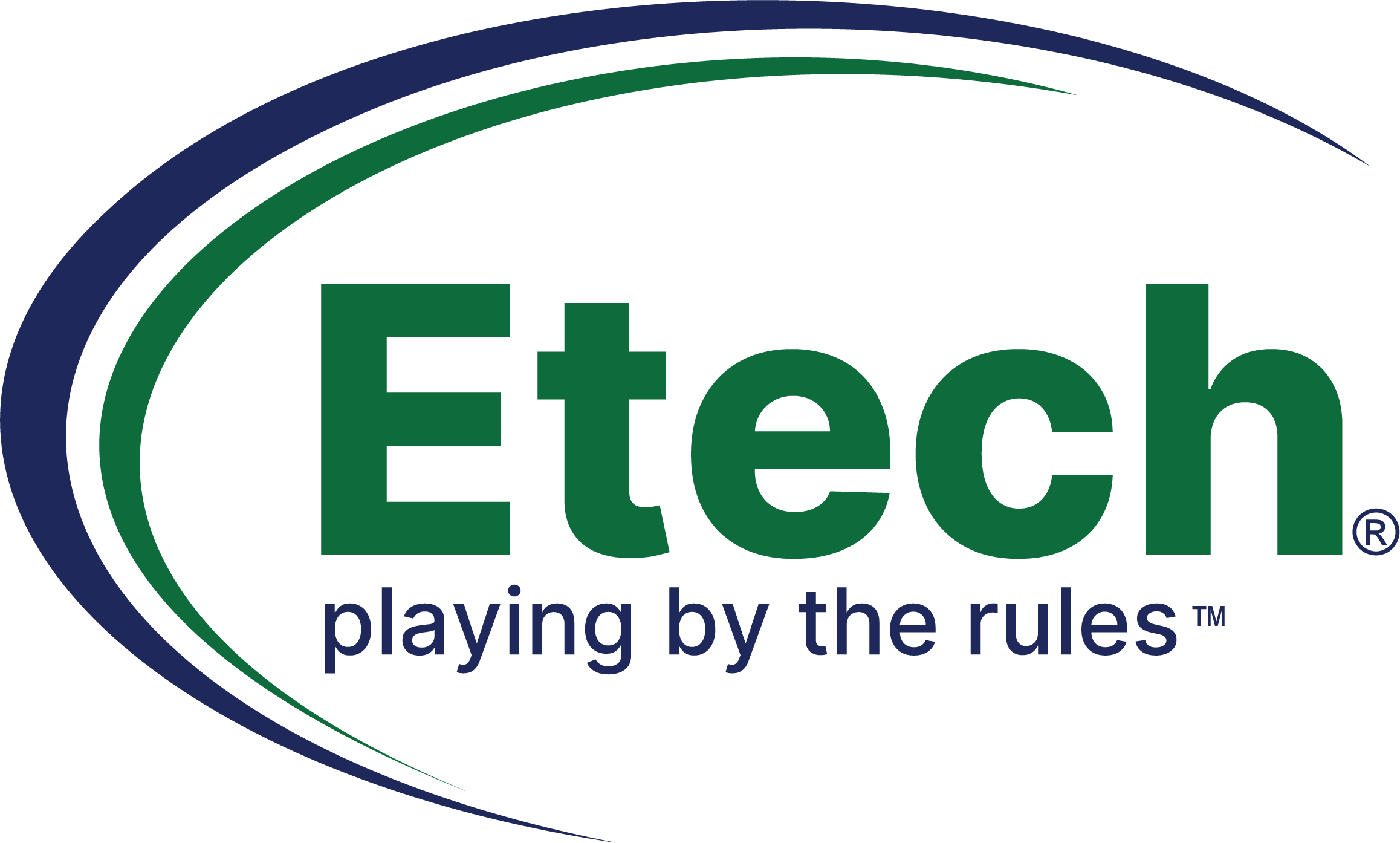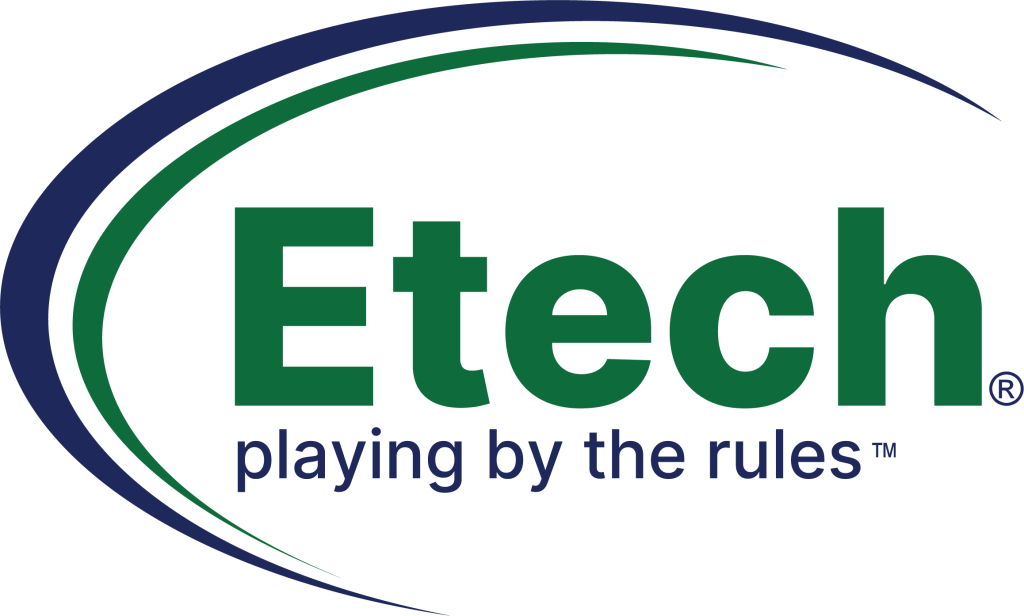Are Your Contact Center Quality Monitoring Parameters Effective?

Artificial intelligence is rapidly revolutionizing the world of business. Almost every process is now automated in one company or another. When it comes to contact centers, managers may even use AI for quality monitoring to provide call center quality assurance. This is just one of the many ways that businesses can ensure a consistently good customer experience.
Before companies can expect customer service reps to meet quality standards, they must set quality monitoring parameters. These criteria help agents to know what expectations they need to meet. In a large contact center, however, the obvious problem is that it’s not possible to monitor every call. Here are some of the ways managers can pair artificial intelligence with a human touch to determine effective parameters.
1. Evaluate the Parameters
When managers notice a quality problem, their go-to solution is often to try to improve how reality matches up with expectations. Instead, managers should first take a good look at the expectations. Parameters are not effective if they are not clear and reachable.
Because these are objectives, they should meet the same criteria as SMART goals, i.e., they should be specific, measurable, attainable, relevant, and time-constrained. When looking at the different aspects of SMART goals, managers must also be realistic. When managers do not play an active role in the day-to-day activities their team handles, they may fail to do this.
Other times, managers may set big goals stretched over a long period. This makes it difficult to track progress. Creating milestones can help employees to better move from Point A to B as they work hard to meet company objectives.
2. Automate Some of the Process
It is impossible for a supervisor to manually go over every phone call to or from the contact center. Because of this, many companies turn to automation with the assistance of artificial intelligence. In these instances, AI can transcribe and analyze phone calls. Bots can scan the transcripts for problematic words or phrases that indicate the need for a closer look.
This is where the value of human touch comes in. Supervisors will need to listen to these flagged calls to better understand what went wrong if anything went wrong at all. AI systems do make mistakes, and tone can significantly change the meaning of a sentence or word. Sarcasm, for instance, may require a human ear to detect and understand.
Some AI systems are even capable of alerting supervisors of noncompliance concerns in real-time, while the customer is on the phone. This creates the opportunity for timely intervention. Supervisors can then deescalate the situation before it costs the client a valued customer.
3. Use Artificial Intelligence for Sorting
Managers focus most of their attention on the phone calls and chat histories that agents have with customers. However, this is not the customer’s first point of contact with a business. The first point of contact occurs when the customer calls or initiates a chat. An automated operator or chatbot then provides the customer with options to direct them to the best possible team for solutions.
Sometimes customers become frustrated at this point before ever speaking to an agent. When consumers have to navigate numeric options, 73% skip the AI operator and press zero to reach a human being. In addition to this, 55% of customers prefer to speak to a human agent, but 54% would gladly take the chatbot instead if it saved them even just ten minutes.
Even so, the first contact may have also occurred at 2:30 in the morning, while the business and customer service lines were closed. If the company has a chatbot at the ready, it could help to provide solutions to the customer. Failing this, it could schedule an appointment with the customer for a representative to follow up at a later time.
The Bottom Line: The Need for a Human Touch
While artificial intelligence provides many initial benefits for a company, it is the human touch that makes all the difference. Yes, when it comes to solving a problem, 56% of consumers prefer to reach out via chat before calling the company. However, as illustrated above, this is often to avoid the wait time before reaching a human being.
At Etech, we understand the importance of an omnichannel approach to communicate with different employees in the ways they prefer. We also appreciate that they just want to have all the queries and problems solved as soon as possible. For more information on how we combine artificial intelligence with a human touch to satisfy the needs of our clients and their customers, contact us today.
This blog was earlier published on LinkedIn.


